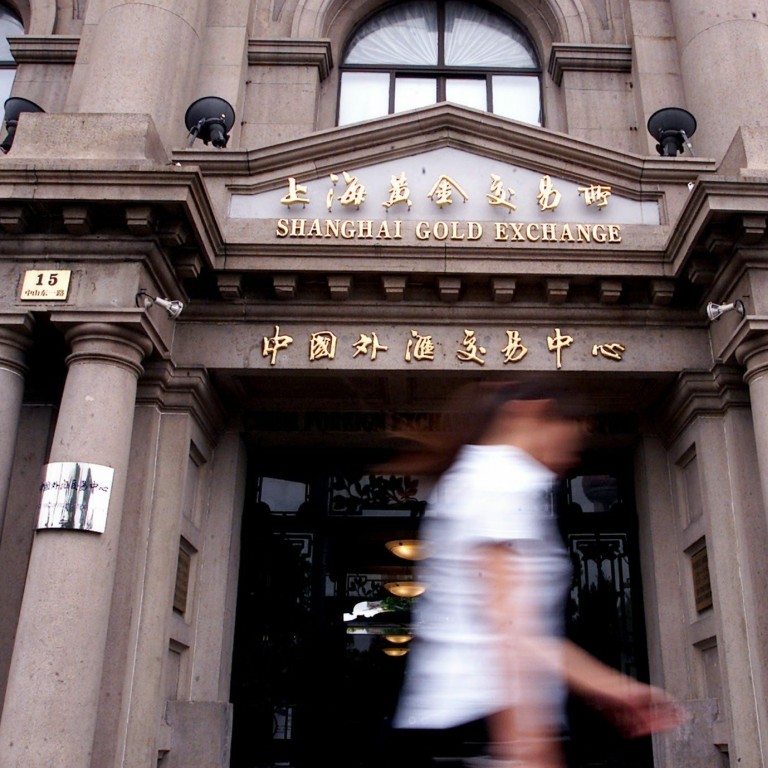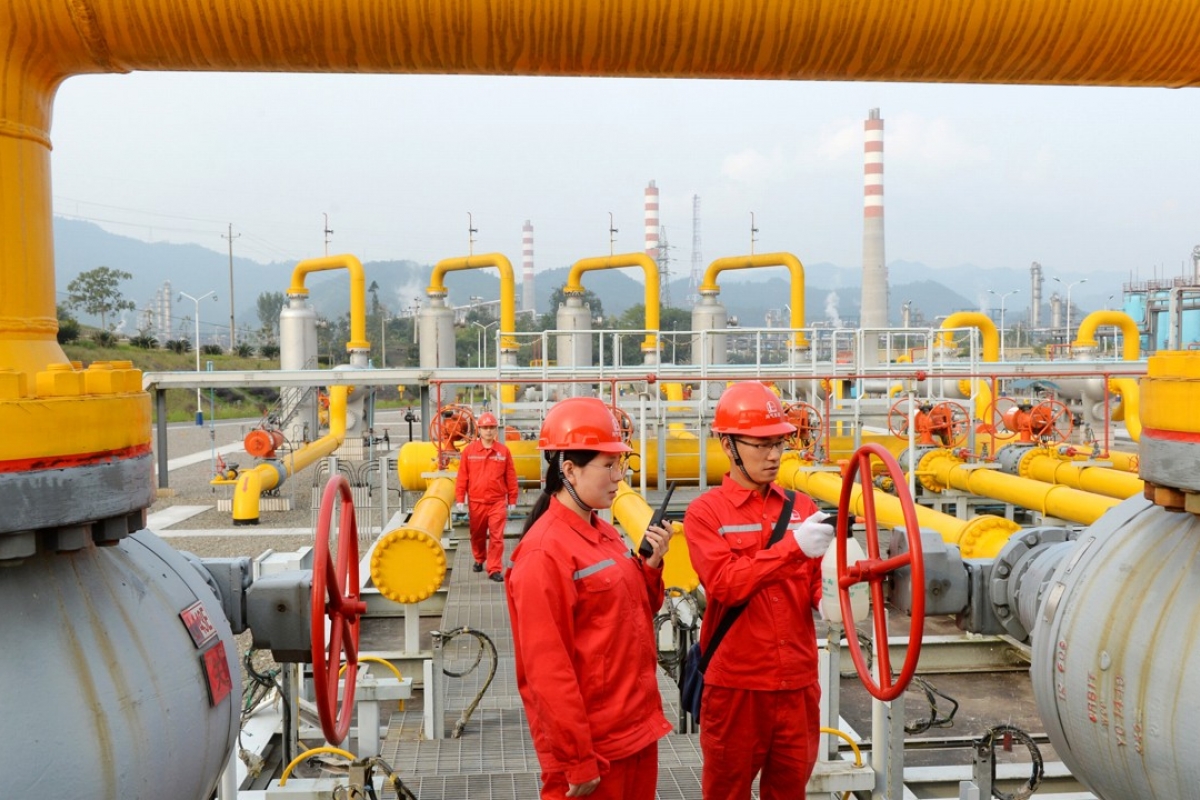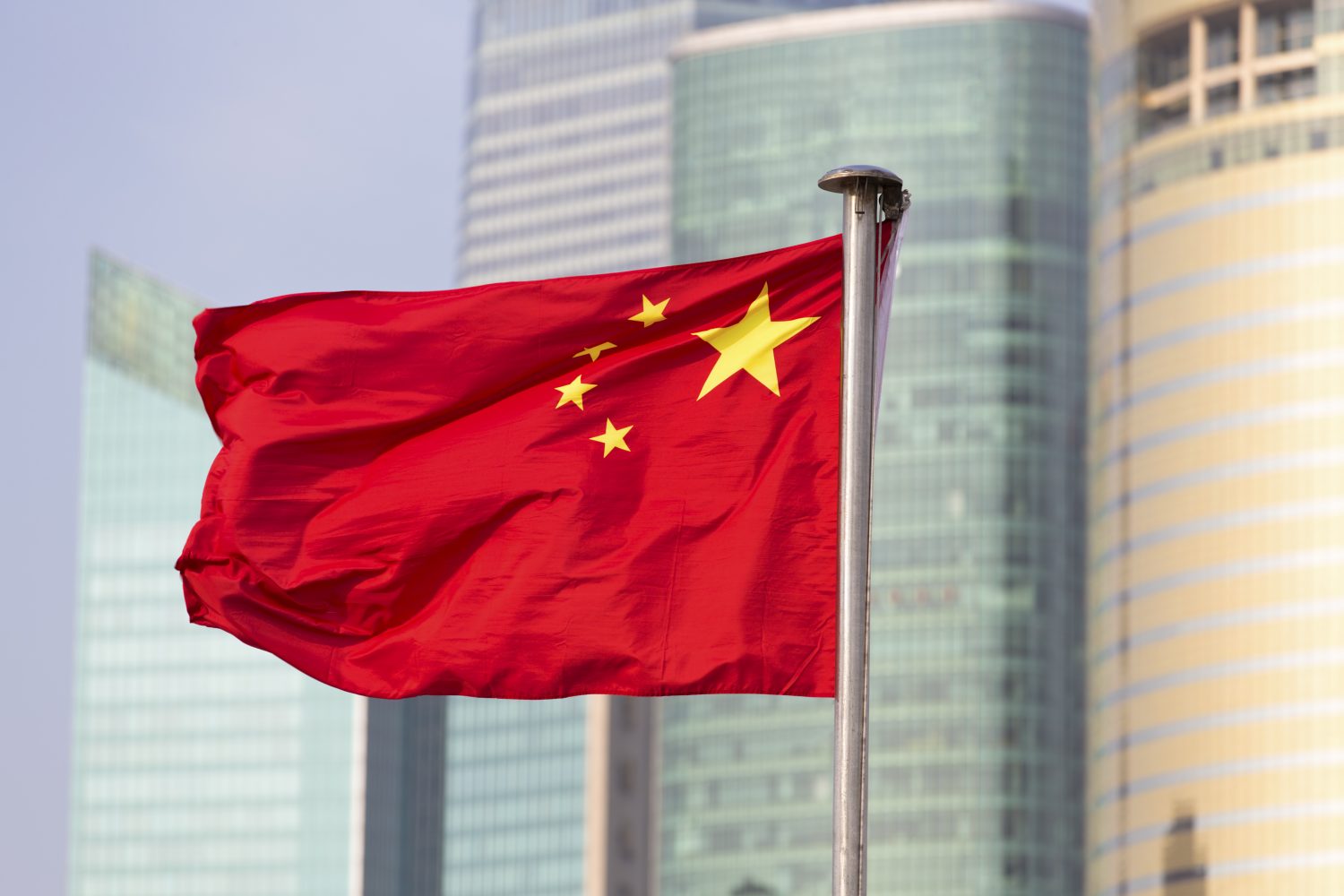Globalization is failing, at least in part, according to some leaders.
In January, Joe Biden, the then US Vice-President, said: “Globalization has not been an unalloyed good. It has deepened the rift between those racing ahead at the top and those struggling to hang on in the middle, or falling to the bottom”.
Against this unpromising backdrop, China, through initiatives like its ‘Belt and Road‘, is unfurling a global plan which is spectacular in its ambition. President Xi Jinping has set a course for sustainable and inclusive growth, internally and externally.
The challenge China faces is to deliver the increase in wealth that globalization brings while ensuring inclusive and more equitable distribution of the benefits that have so far been missing.
“One initiative central to China’s plans is Belt and Road.”–Shuang Ding.
The principle of shared growth and collaboration are central to the vision of China and its leader, with President Xi seeking to: develop new ways of making foreign investments; promote international cooperation on production capacity; form global networks of trade, investment and financing, production, and services; and build their international economic cooperation and competition.
And one initiative central to China’s plans is Belt and Road.
Early Success For ‘Belt & Road’
China’s Belt and Road program is a global initiative to develop China’s trade links with other countries, initially by investing heavily in much-needed infrastructure and other projects. The Belt and Road refers to the original Silk routes, reminding us that China has a long history as an open trading nation.
In year three of a long-term initiative, it is too early to assess its effectiveness, but there are some impressive early successes.
China’s total trade with Belt and Road countries between 2014 and 2016 exceeded USD3 trillion, according to our latest research. There are now 64 participating countries and China’s direct investment in those countries has surpassed USD129 billion as of end-2016, rising 12 percent year-on-year.
We estimate official financing for Belt and Road could exceed USD1 trillion in the next decade. Setting up official long-term funding mechanisms has also progressed well. Many potential sources of funding have been established, including the newly created Asia Infrastructure Investment Bank, the New Development Bank and the Silk Road Fund.
Headwinds To Growth
Nevertheless, realizing China’s global strategy has not been all plain sailing. Belt and Road has raised alarms about China’s political agenda. India has strong concerns centered around the China-Pakistan Economic Corridor, which will link Xinjiang province to Pakistan’s Gwadar port. Part of the corridor will pass through Pakistan-Occupied Kashmir, a region which India claims as its own.
And there are other headwinds to growth that will impact China’s economic reach and influence, some cyclical and some structural.
Cyclical factors include a focus on deleveraging to address high debt levels; higher environmental standards, a pillar of President Xi Jinping’s recent report to congress; potentially aggressive trade negotiations with President Trump and managing the volatile property market bubble in China.
In contrast, the changing demographics in China is a structural issue. China is aging rapidly, reducing the workforce and impacting growth. Different measures have been put in place such as the repeal of the one-child policy, improving the education of the workforce, introducing more technology and increasing participation, but these will take time to become effective.
Nevertheless, China is forecast to surpass the GDP of the US in 10 years. In that sense, a moderate slowdown still leaves a vibrant economy, and a projected 4-5 percent growth after 2030 would still be very healthy.
“China’s influence looks certain to continue and even to grow in the foreseeable future.”
If China can speed up the reform process, it can release the potential of the country in a remarkable way. Reforms include shutting down zombie state-owned enterprises lowering the cost of doing business through tax cuts, improving market access, and protecting private property rights.
This all means that despite some turbulent waters ahead, China’s influence looks certain to continue and even to grow in the foreseeable future.








